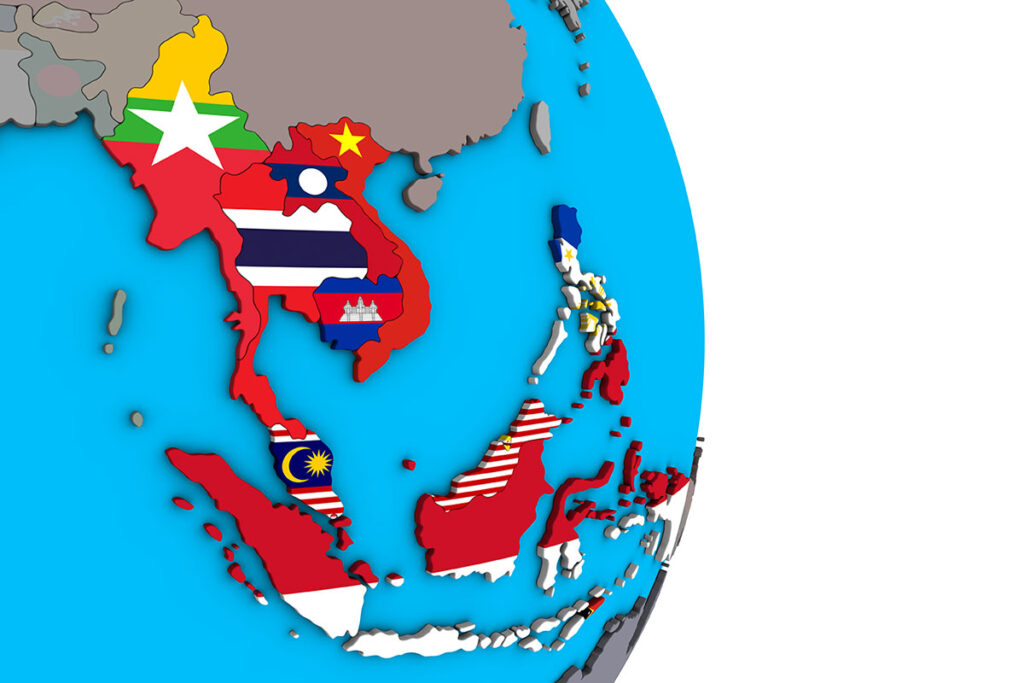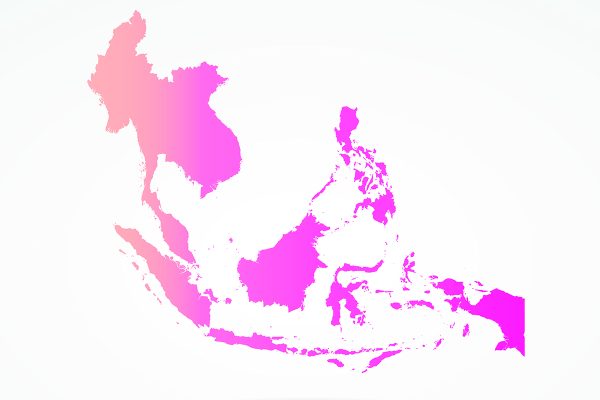South East Asia is a largely untapped market ripe for exploitation. China is massive but entry into China is challenging in the extreme. Likewise India is a tough market to crack with complex regulation but South East Asia, with a population of some 630 million hasn’t been swamped with Chinese sellers and with changing demographics disposable income is on the rise. As an example, families used to have an average of 6 children, but with this dropping to an average of 3 the consumer spend has risen.
Speaking to Syed Ali Ridha Madihid from Janio today at The Delivery Conference, he sees massive potential for South East Asia. Syed splits the region into two main areas – Indo China is where a retailer needs to be super localised with language and proposition and the more attractive for Western retailers being Nu Santari which represents 63% of the entire market in the area. In Nu Santari consumers are heavily influenced by the West, are largely English speaking and are more than willing to purchase from western websites.
To market to Nu Santari, Syed recommends heavily investing in social, particularly Instagram using local micro-influences and key opinion leaders. This he says will be a better investment than typical SEO/SEM that you might use in the west.
The top verticals to consider include Health and Beauty, Fashion, Baby, Electronics, Home & Living and Food. Particularly of interest is that local consumers take responsibility for importing health products so there’s no default registration required making it a relatively easy territory to sell in. For Fashion, consumers won’t be looking for fast fashion but for up and coming street brands and quality garments.
Of course one of the problems in trading with South East Asia is the logistics side of the equation and that’s where partnering with a provider like Janio can help. One of the issues is that Cash On Delivery is popular – credit cards are linked to Tax IDs and there is a large amount of hidden income in the region so buying in cash is popular.
With a population of 630 million spread over thousands of islands, without a partner there is no single service provider that can service the entire region. Additionally with customs clearance and the preference for cash on delivery it’s a complicated region to serve.
Janio can offer a full end to end logistics service or you can pick the modules you need to complete the South East Asia logistics jigsaw from the first mile, line haul, customs clearance, or final mile.
If you’re looking for a new geographic territory to capitalise on in 2020, South East Asia should be on your short list. Currently underserved with growing incomes it represents an opportunity to get established before the market is flooded with competitors from both the west and the east.





